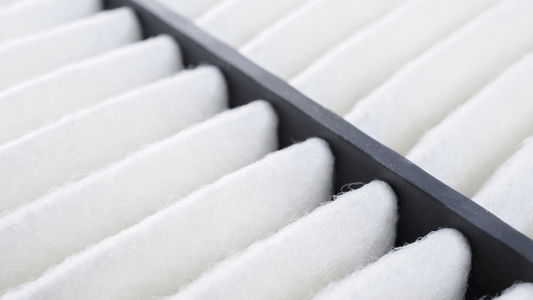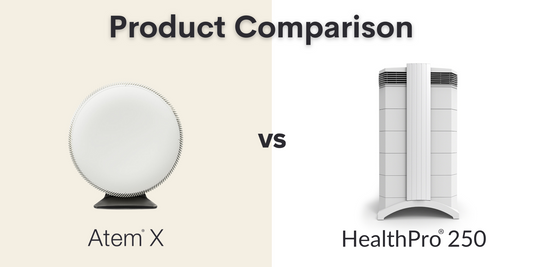Pregnant women have to be very careful about smoke, alcohol, and medications - in case their unborn baby should come to any harm through being exposed to toxins. What they often do not think about is that general indoor and outdoor air quality can also pose a threat. There is a lot of evidence that shows a link between low birth weight due to air pollution. Just look at these studies:
- Dr. Adrian Barnett of the Queensland University of Technology studied ultrasound scans of 15,000 foetuses. Their mothers were all living within 14 kilometres of the city of Brisbane. The size of each foetus was measured, along with the levels of air pollution where the mother was living. Those mothers with higher exposure to air pollution were carrying foetuses that were, on average, smaller than those living in less polluted air. This is concerning because babies of lower birth weight have poorer health in later life.
- Researchers at the University of Medicine and Dentistry of New Jersey studied nearly 336,000 births in the state between 1999 and 2003 and also monitored the air quality around the state. They found a connection between low birth weight due to air pollution.
- Columbia University carried out a six-year study in the Chinese city of Chongqing and found that poor air quality from coal pollution was linked to low birth weight, height and impaired development among children born in the region.
- The California Birth Defects Monitoring Program looked at information on over 9,000 babies born in four counties (Los Angeles, Orange, San Bernardino, and Riverside). Women exposed to higher levels of ozone and carbon monoxide were up to three times more likely to give birth to a child with a heart defect. The worst risk for exposure was during the second month of pregnancy.
It is also important to understand how exposure to indoor air pollution may affect the unborn child (note how the above studies were focused on the exposure to mere traffic pollution or outdoor air pollution). The Born in Bradford study, one of the largest of the child health studies, covering 10,000 babies born in the city, will focus not only on the traffic pollution that you are exposed to in your home but also other indoor air pollution. Homes can have a toxic indoor environment that is created through the off-gassing from furniture, carpets, and paints.
Other sources of indoor air pollution are heating devices, gas ovens, candles, pets, dust mites, and mould for example. The Born in Bradford study will measure the air quality in the homes of pregnant women (along with many other factors) to see how they affect the health of the child. It will be some years before the results of this study are known. In the meantime, and given the evidence we already have, it is wise for pregnant women to avoid exposure to air pollution as much as possible, for the sake of the health of their unborn child. One of the best ways to avoid indoor air pollution is the use of a high-quality air purifier.
Sources: 1. Hansen JA et al The effect of ambient air pollution during early pregnancy on fetal ultrasonic measurements during mid-pregnancy Environmental Health Perspectives 2008 volume 116
2. Rich DQ et al Ambient air pollutant during pregnancy and the risk of fetal growth restriction Journal of Epidemiology and Community Health 2009;63:488-496
3. Perera F et al Benefits of reducing prenatal exposure to coal-burning pollutants to children’s neurodevelopment in China Environmental Health Perspectives online 14 July 2008
4. Ritz B et al Ambient Air Pollution and Risk of Birth Defects in Southern California American Journal of Epidemiology 2001;155:17-25




